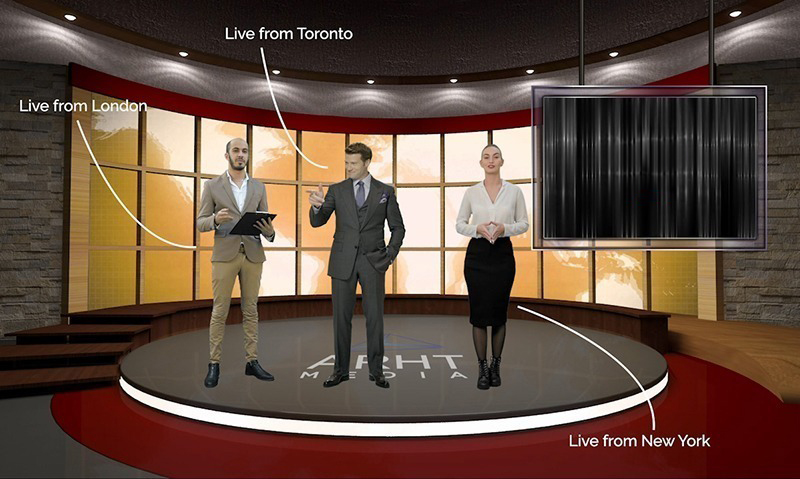Illumination plays a vital role in video projection because it establishes the atmosphere and tone of the exhibit. Different illumination methods can evoke various emotions and reactions from the audience. For example, using gentle, cozy illumination can create a welcoming environment, while vivid, cool lights may produce a more dynamic or intense impact. By carefully selecting light colors and brightness, creators can influence how audience interpret the displayed visuals, leading to a more engaging encounter. The equilibrium between projection brightness and ambient light is crucial, as it can greatly affect the visibility and impact of the images.
In addition, color and intensity, the direction of light also influences the effectiveness of projection. Lighting from different directions can create shadows and highlights that add dimension to the mapped visuals. This method, known as light and shadow, can improve the 3D quality of the objects being projected. Furthermore, using moving lights can add dynamism to the display, making the experience more engaging for the audience. When the light interacts with the projected visuals, it can create an illusion of motion and change, grabbing the audience's focus.
Another important aspect of lighting in projection in the use of unique features. Methods such as patterned illumination, which uses patterns and shapes to filter light, go to this web-site can add texture and complexity to the projections. This method allows artists to layer images and create aesthetically captivating results that enhance the projection. Moreover, incorporating laser lights or light-emitting diode lights can further improve the exhibit, providing a distinct mix of sight components that attract the viewers in. These unique effects, when used thoughtfully, can transform the mapping into a basic display to an immersive work of art.
In conclusion, the impact of explanation lighting techniques on video mapping is significant. By comprehending how various illumination elements interact with projected images, creators can create captivating experiences that connect with audience. The thoughtful selection of color, intensity, direction, and unique features enables for a rich tapestry of sight storytelling. As technology continues to grow, the options for artistic showcasing in mapping will only expand, making illumination an increasingly vital component in this innovative creative form.
